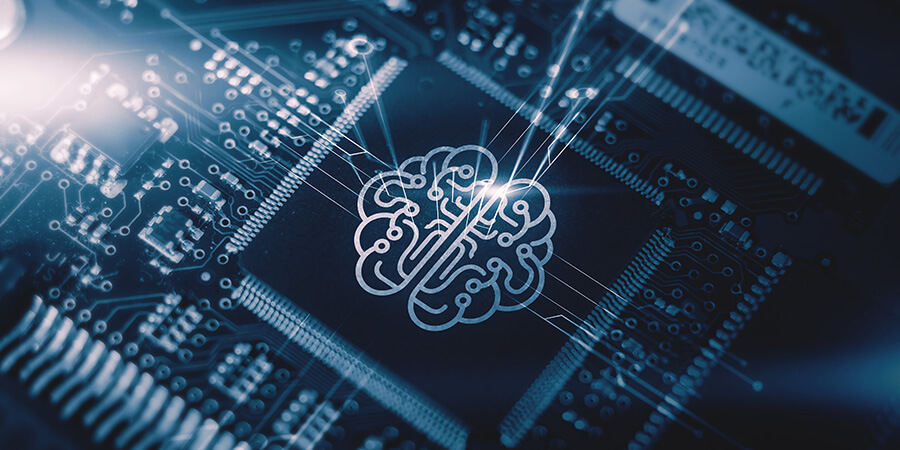The rapid advancements in artificial intelligence (AI) are fueling a growing demand for enhanced memory and storage solutions. These are crucial for the efficient processing, retention, and analysis of vast amounts of data required for AI training and inference tasks.
This surge in demand significantly benefits vendors specializing in various memory and storage technologies, including DRAM (Dynamic Random-Access Memory), NAND flash, HDD (Hard Disk Drives), and emerging non-volatile memories.
Specifically, AI inference applications, which includes the real-time processing and utilization of pre-trained AI models, are particularly driving the need for high-performance and reliable memory solutions.
As AI systems become more complex and data-intensive, the need for advanced storage solutions that can handle these demands effectively is becoming increasingly critical. Vendors providing these technologies are seeing substantial opportunities for growth, as their products are essential for supporting the expanding AI landscape.
The rising demand, coupled with production cutbacks in late 2023, has led to higher prices for solid-state memory and storage.
High Bandwidth Memory (HBM) DRAM is emerging as a critical component for AI applications, drawing significant investments from leading companies such as Samsung, SK hynix, and Micron.
Consequently, new storage products are being introduced to meet these needs. For example, Western Digital (WDC) recently announced a range of products designed to support AI workloads, including a framework for optimal storage infrastructure to maximize AI investments and reduce workflow costs.
This includes high-performance SSDs for data flows, cost-effective HDDs for secondary storage, and archival media for long-term data retention.
The industry's efforts reflect the growing importance of efficient and effective data storage solutions in the age of AI.
Read More: Artificial Intelligence: How to Leverage the Opportunities and Avoid the Pitfalls








